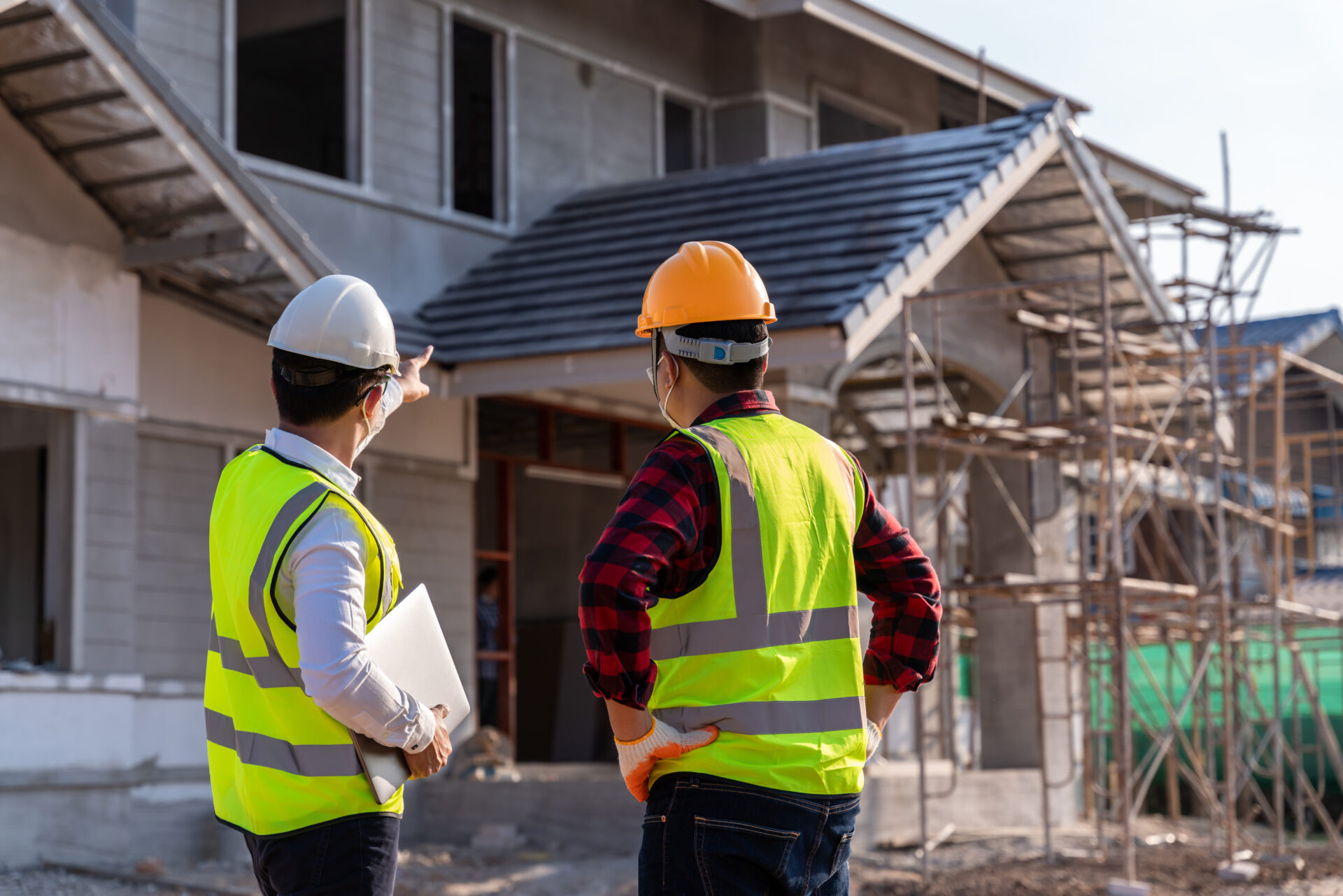More than a third of US single-family homes for sale in December were newly built, the highest share on record, according to a new Redfin report.
New construction accounted for 34.1% of single-family homes at the end of 2021, up from 25.4% year-over-year (YOY). These numbers are the result of builders trying to keep up with housing demand, which has increased while inventory dropped to historic lows.
In December, existing-home inventory fell 14.2% YOY with a historic-low 1.8 months supply. However, new homes saw inventory increase 34.8% and had a 6 month supply.
Though new home supply is rising, new home sales have remained consistent, which Redfin calls “another indicator that homebuyer demand is far outpacing supply.”
“A lot of pre-owned homes are being listed, but they are just selling off so quickly–typically in a matter of days–while new homes take longer to sell,” said Redfin Economist Sheharyar Bokhari.
“So as a homebuyer, you’re increasingly likely to see new builds when you look up homes for sale in your target area. Existing homes tend to be less expensive and fly off the shelves faster, so people who are just getting into the market should speak to their lender and agent about preparing to act quickly when an existing home that meets their criteria does hit the market this winter.”
Houston saw the biggest increase in newly built homes, where they accounted for 39.5% of supply in Q4 2021, followed by Minneapolis (38.3%) and San Antonio (37.5%). The metros with the lowest shares of new homes were all in California. San Diego saw only a 3.1% increase, Anaheim 3.8%, and Los Angeles 4.4%.
Redfin chalks this up to California having less vacant land and space zoned for development than Texas, which often tops this list due to limited regulation and lots of land.
2022 should see further development as builders continue to play catch up. Housing demand remains elevated.
Building permits were up 6.5% YOY in December and 9.1% from November, signaling another year of intense development. New homes would be a boon for inventory and help temper rapid home price appreciation as buyers face fewer bidding wars. Competition has exhausted buyers and is driving up rents alongside home prices.
“The ongoing supply shortage continues to put upward pressure on house price appreciation as buyers compete to buy what few homes are for sale. You can’t buy what’s not for sale, but you will compete for what is,” said First American Chief Economist Mark Fleming.
“Rapid house price appreciation and its differing impact on existing and first-time homebuyers will persist until the supply and demand imbalance improves. In the game of housing musical chairs, it’s clear the housing market needs more chairs.”
